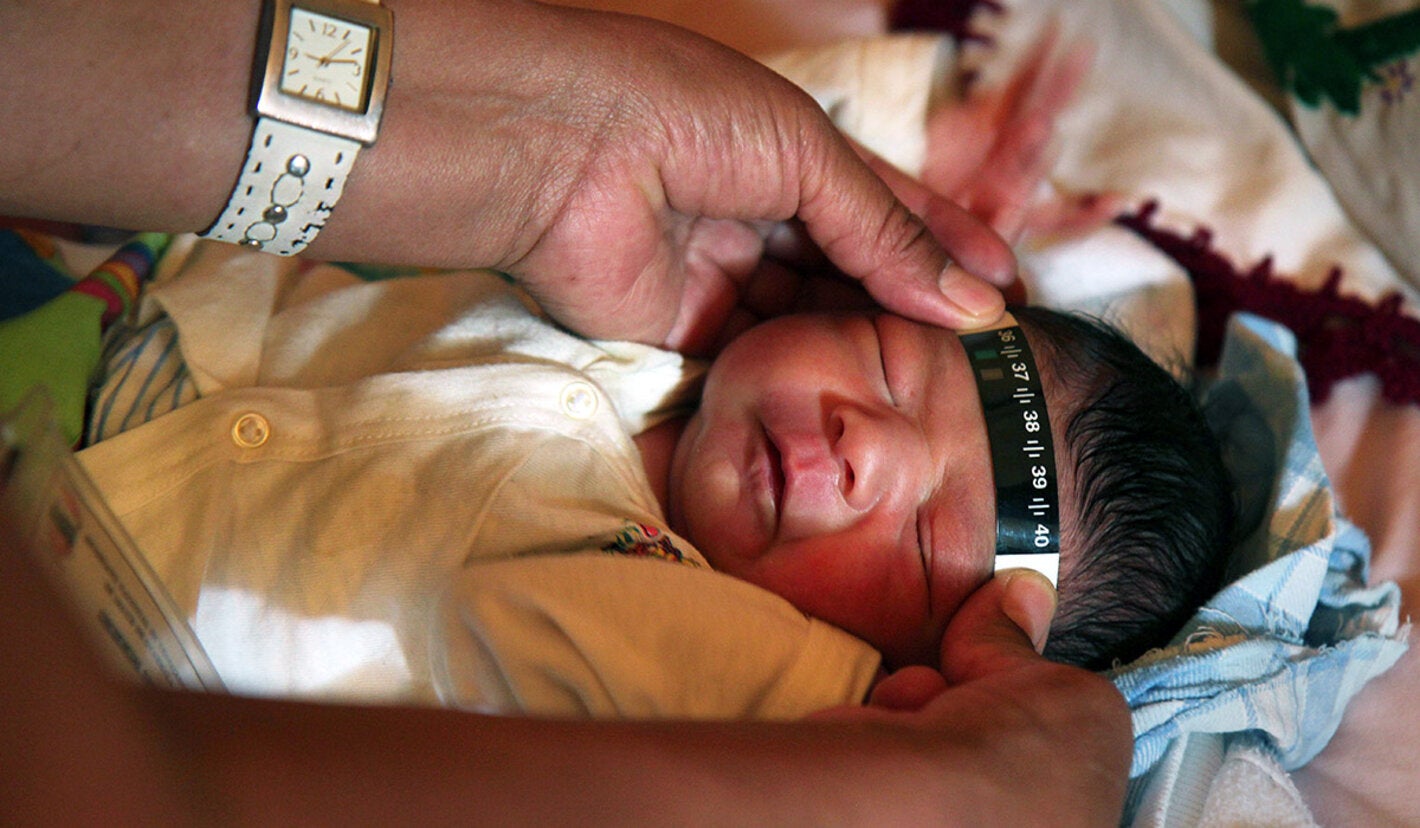
Twelve countries are already monitoring these abnormalities, which cause one out of every ten deaths of children under 5 in the Region
Montevideo, 8 August 2019 (PAHO)—Twelve Latin American countries already monitor children who are born with congenital birth defects in order to better understand why and how often they occur, and how the survival and quality of life of these children can be improved.
Birth defects are the second leading cause of neonatal and child mortality worldwide. In the Americas, approximately one out of every ten deaths of children under the age of five is due to these anomalies. However, there is limited information on the actual burden of these conditions.
According to Pablo Durán, Regional Advisor on Perinatal Health at the Latin American Center for Perinatology, Women and Reproductive Health (CLAP) of the Pan American Health Organization (PAHO/WHO), it is essential that the countries have these types of registries, which enable them to determine the disease burden from birth defects as well as their characteristics, which helps plan healthcare provider actions and responses.
CLAP, with support from the ministries of health, seeks to strengthen surveillance systems in the countries of the Region. The registries have proven to be very useful in emergencies, for example when Zika virus-related birth defects were discovered at the end of 2015.
In Latin America, there are birth defects surveillance systems in Argentina, Bolivia, Brazil, Colombia, Costa Rica, Cuba, the Dominican Republic, El Salvador, Guatemala, Honduras, Mexico, Panama, Paraguay, Uruguay, and Venezuela.
However, the oldest initiative that led to the development of similar population-based registries was the Latin American Collaborative Study of Congenital Malformations (ECLAMC), which was created in 1967 with PAHO’s support.
Dr. Ieda Orioli, one of the collaborators in this hospital network, recommends that any countries that decide to promote this type of initiative contact other groups with past experience, such as the ECLAMC. She said that training with other countries and contacting not just regional, but international networks is important to learn about the good practices in this area.
Registries in Argentina and Costa Rica have the longest track record
Two of the registries with the longest track record in the Americas are the National Network of Congenital Anomalies (RENAC) in Argentina, which has been around for ten years, and Costa Rica’s Congenital Malformations Registry Center (CREC), which was created in 1985.
RENAC includes approximately 150 public and private hospitals in Argentina’s 24 provinces. “Every family that finds out that their child is affected is what drives us to better understand why birth defects occur and how we can improve the survival and quality of life of these children,” said Dr. Rosa Liscovich, a member of the network.
One of RENAC’s achievements has been to include the topic of birth defects in the health agenda. It also promotes local scientific research, and puts patients and specialists in touch with each other, which has reduced the wait time to see a practitioner.
CREC in Costa Rica has had a similar experience. After determining how often birth defects occur in the country’s public health system, the center was able to assess the impact of prevention policies such as food fortification or the rubella vaccine.
CREC Coordinator Dr. Adriana Benavides said that the evidence based on registry data was used to raise the awareness of decision-makers, the public, and the food industry in charge of fortifying certain products with nutrients such as folic acid, iodine, zinc, and vitamins.
Developing new birth defects surveillance registries
To help the countries with no existing surveillance systems develop them, PAHO’s CLAP provides technical cooperation services to professionals such as neonatologists, geneticists, and epidemiologists, as well as decision-makers in the ministries of health, which will improve birth defects monitoring.
Dr. Ignacio Zarante of the Universidad Javieriana in Bogotá maintains that the training helps improve surveillance in the countries that already have registries and supports their creation in those that do not have a currently active one.
PAHO is working to consolidate a regional network in the medium term, which will help generate more evidence on birth defect cases and on the measures that have been successful in the countries.





